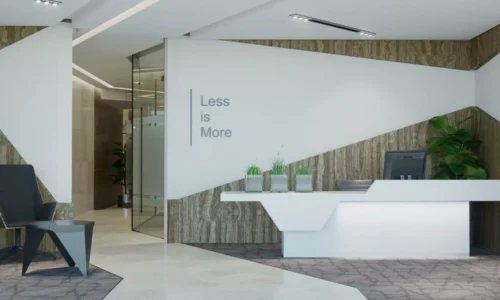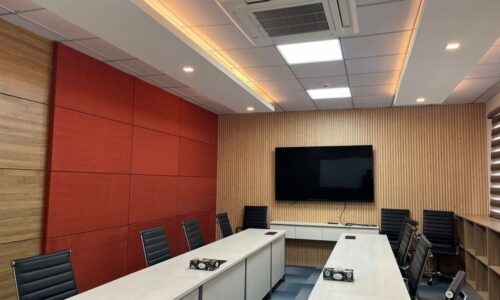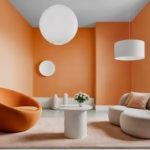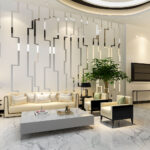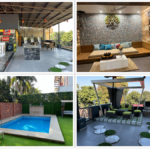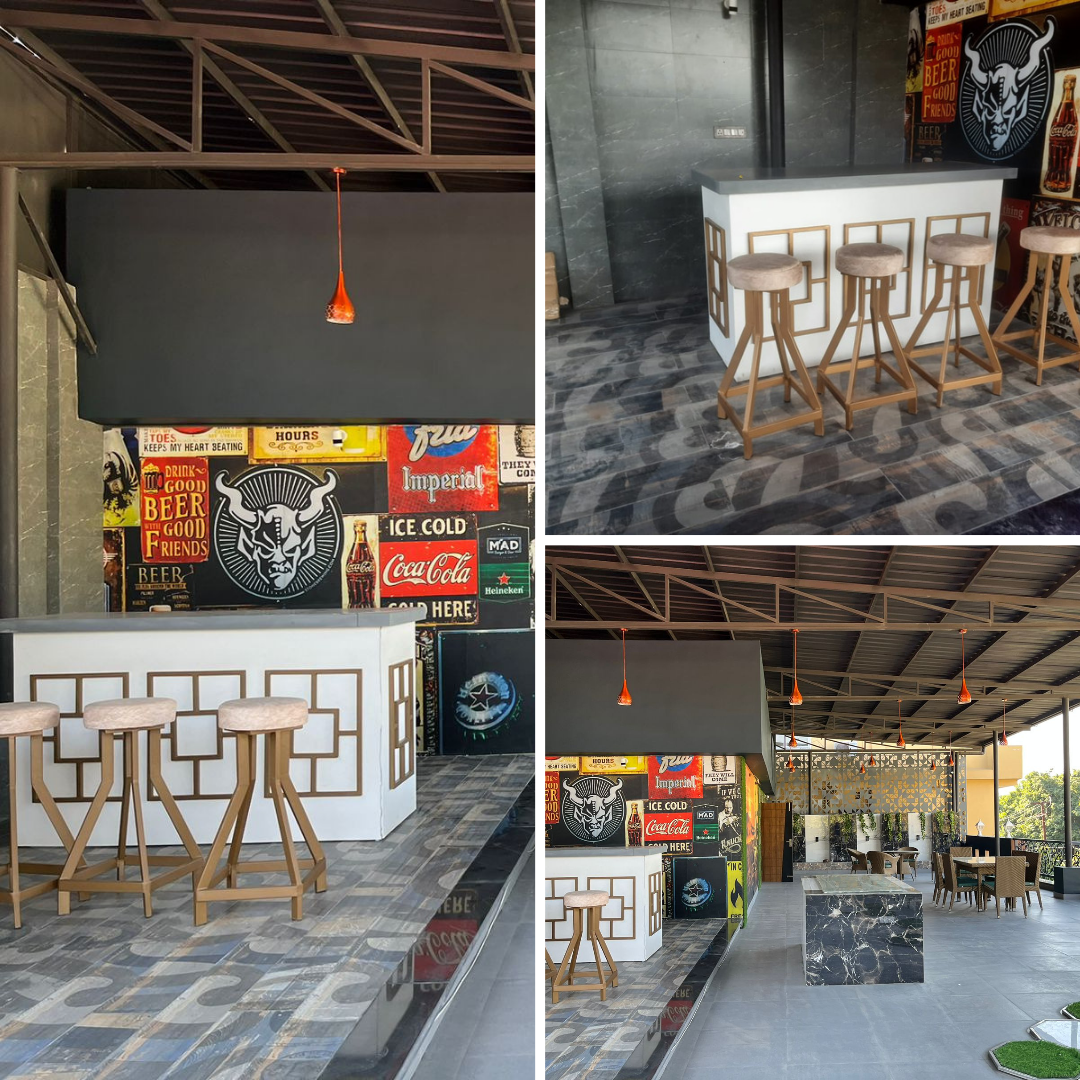Office Ceiling Lights Inspiration for Employees Eye Comfort
- amodini
- 0 Comments
Good lighting in the office is more than just a design choice. It plays a key role in how employees feel, how productive they are, and how healthy their eyes remain throughout the workday. Office ceiling lights are not only about brightness but also about comfort, mood, and efficiency. Many companies today are realizing that choosing the right ceiling lights can improve workplace performance and reduce eye strain.
Why Office Ceiling Lights are Important
Office ceiling lights are the main source of light in most workplaces. They provide overall illumination so employees can perform tasks clearly. Without proper lighting, employees may struggle with headaches, fatigue, or blurred vision. Poor lighting also lowers productivity because workers feel more tired and less motivated.
When lights are designed to be eye-friendly, they reduce strain and help employees focus for longer periods. According to studies, lighting in the workplace directly affects employee satisfaction and efficiency. For example, fluorescent lights were once common but often caused discomfort. Now, modern LED office ceiling lights offer better brightness control and less flicker, which makes them healthier for the eyes.
Role of Lighting in Eye Comfort
Eye comfort means reducing unnecessary pressure on the eyes while reading, writing, or working on computers. Office workers often spend hours in front of screens, and improper lighting only makes the problem worse.
There are two major issues related to eye discomfort at work:
-
Glare: Excessive brightness or light reflections that make it hard to see clearly.
-
Insufficient Light: When the lighting is too dim, forcing the eyes to work harder.
The right ceiling lights balance brightness and reduce glare. Employees should feel that the light in the office is bright enough to see clearly but soft enough not to cause irritation. Proper lighting design has always been essential for human comfort and visibility.
Types of Office Ceiling Lights
When planning lighting for an office, it is important to understand the types of ceiling lights available. Each type has its own benefits for eye comfort and energy efficiency.
1. LED Panel Lights
LED panel lights are flat and evenly spread light across a large area. They reduce shadows and create a soft glow that is easy on the eyes.
2. Recessed Ceiling Lights
Recessed lights, also known as downlights, are fixed into the ceiling and give a clean look. They are best for offices that prefer focused lighting without distractions.
3. Pendant Ceiling Lights
Pendant lights hang down from the ceiling and can add both style and functionality. They are often used in meeting rooms or creative office spaces to improve atmosphere.
4. Indirect Lighting
This method directs light toward the ceiling or walls, which then reflects back into the room. It creates a natural and softer light, preventing harsh glare.
Best Lighting Color Temperature for Offices
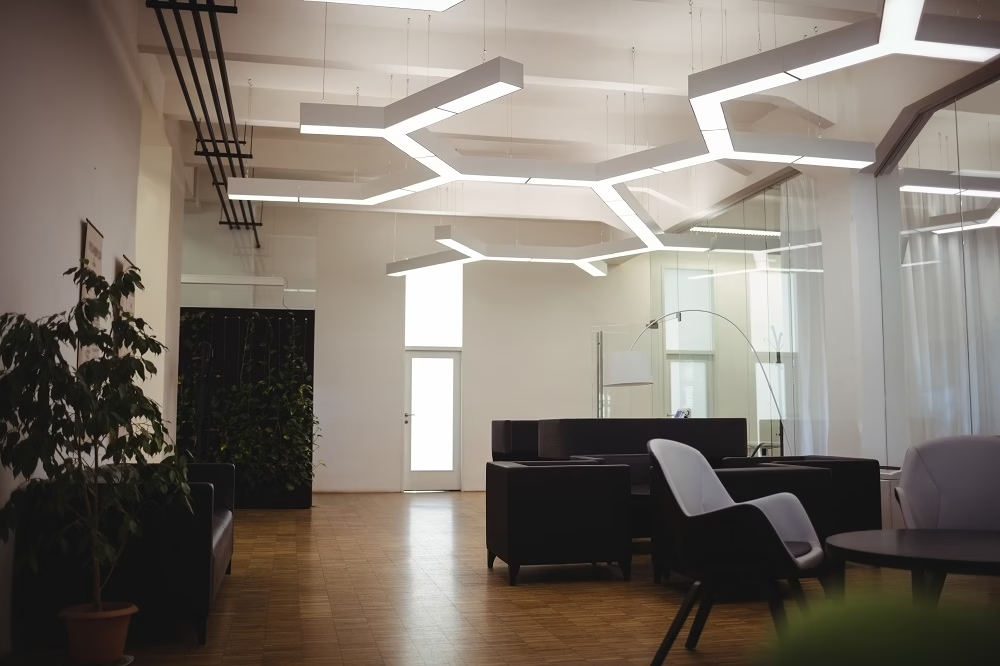
The color temperature of light affects how employees feel and work. It is measured in Kelvin (K).
| Color Temperature | Type of Light | Best Use in Office |
|---|---|---|
| 2700K – 3000K | Warm White | Relaxation zones or lounge areas |
| 3500K – 4000K | Neutral White | General office lighting, reduces eye strain |
| 5000K – 6500K | Cool Daylight White | Meeting rooms, brainstorming areas |
Neutral white is often considered the best choice for regular office work because it provides clarity without being too harsh.
Benefits of Eye-Friendly Ceiling Lights
Good office ceiling lights not only improve vision but also have many other advantages:
-
Better Productivity: Employees can focus on tasks without being distracted by discomfort.
-
Reduced Health Issues: Proper lighting lowers the risk of headaches, migraines, and vision problems.
-
Energy Savings: Modern ceiling lights like LEDs use less power, which saves money.
-
Positive Atmosphere: Bright and comfortable offices create a welcoming and motivating environment.
Natural Light and Ceiling Lights Combination
While ceiling lights are necessary, natural light should also be used whenever possible. Windows, skylights, and glass partitions bring in daylight that is good for the eyes and overall mood. Studies show that employees working with natural light exposure feel more active and sleep better at night.
Ceiling lights should complement natural light instead of competing with it. For example, LED ceiling panels with dimming features can adjust brightness according to the amount of daylight in the room.
Inspiration Ideas for Office Ceiling Lights
When planning office lighting, employers can use creative yet practical inspirations:
-
Grid Layout with LED Panels – Provides uniform light across the office.
-
Recessed Spotlights – Adds focus to specific areas like workstations.
-
Pendant Lighting in Conference Rooms – Creates a modern and stylish look.
-
Indirect Lighting for Relax Zones – Gives a calm and comfortable environment.
-
Smart Lighting Systems – Lights that adjust automatically based on occupancy and daylight.
These ideas make the office both visually appealing and comfortable for employees.
How to Choose the Right Ceiling Lights
When selecting ceiling lights for an office, consider the following points:
-
Brightness: Choose lights that provide enough illumination without causing glare.
-
Energy Efficiency: LED ceiling lights are more cost-effective than old fluorescent lights.
-
Flexibility: Dimmable lights allow employees to control brightness.
-
Design: The lights should match the office interior while providing comfort.
-
Longevity: Invest in quality lights that last long and require less maintenance.
By keeping these factors in mind, offices can create an environment that supports both health and productivity.
Also Read:
- What Is a Mood Board in Interior Design?
- What Is Modern Classic Interior Design?
- What is Green Interior Design?
- What Are the Different Materials Used for Interior Design?
- Is Interior Architecture the Same as Interior Design?
Final Thoughts
Office ceiling lights are not just a decoration or a necessity; they are a tool to improve employee well-being and efficiency. Comfortable lighting reduces eye strain, helps employees stay focused, and creates a positive working environment.
Employers should consider LED panels, recessed lighting, and smart systems to make their offices better for eye comfort. Combining natural daylight with ceiling lights is the best way to ensure healthy vision and improved work performance.
Lighting design has always been important in human history. In modern times, with long hours in front of screens, it is even more critical. By investing in the right office ceiling lights, businesses show they value employee health while also boosting productivity.

